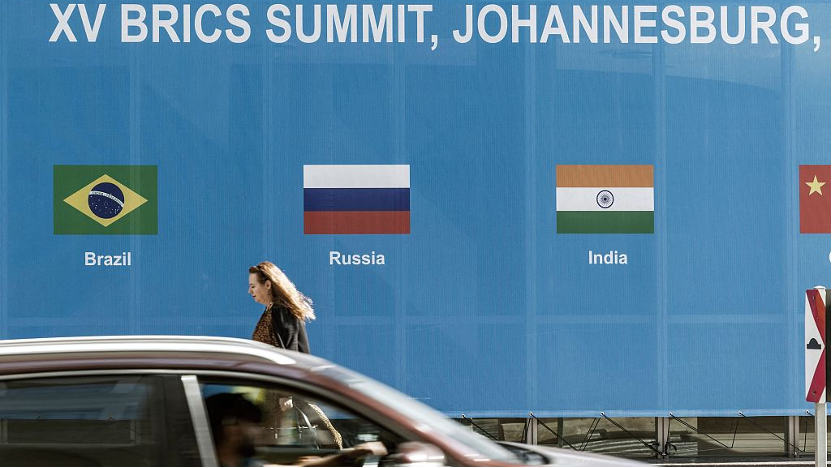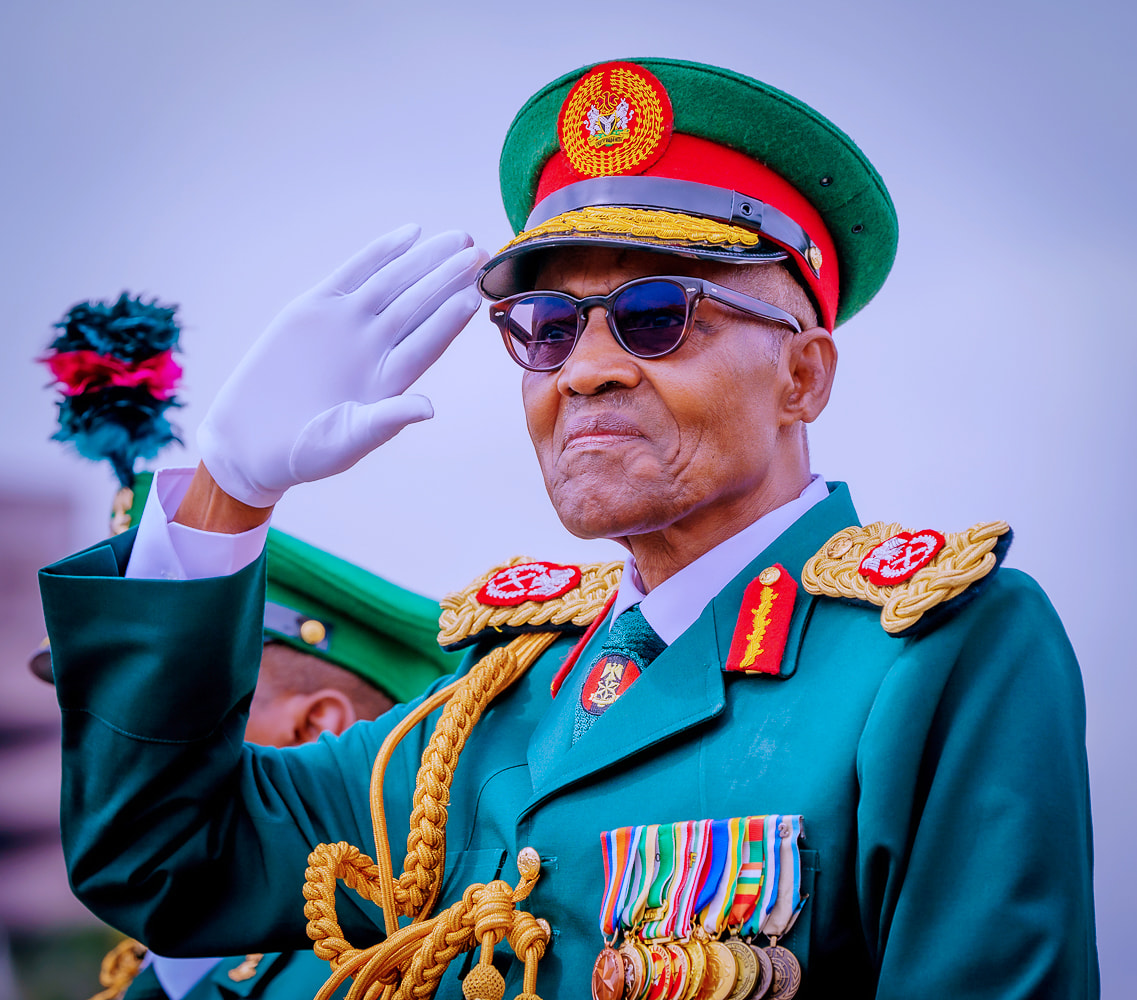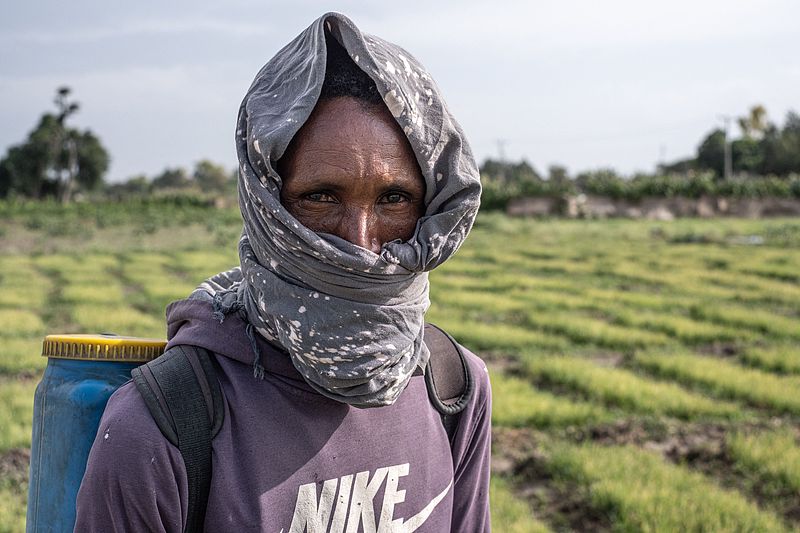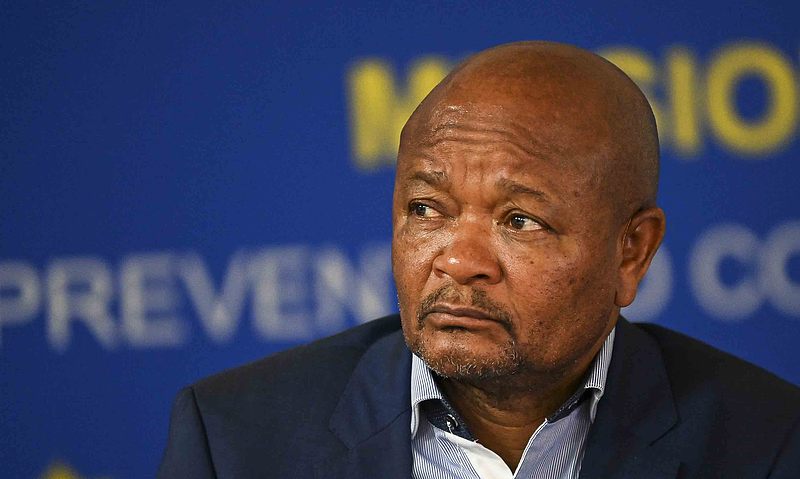
BRICS cooperation injects vitality into global economic governance
Amidst uncertainties and increasing pressures on the global economy, the BRICS has emerged as a robust and comprehensive framework, with practical cooperation carried out in dozens of areas.
Comprising Brazil, Russia, India, China, and South Africa, the group has evolved into an important platform for financial cooperation among developing countries. In the past 17 years, it stimulated economic growth within its member countries and injected dynamism into the domain of global economic governance.
Greater cohesion over past decades
The term BRIC was coined in 2001 by Jim O’Neill, then chief economist of Goldman Sachs Investment Bank in a research paper, which underlined the growth potential of Brazil, Russia, India, and China. Since then, these countries have progressed towards enhanced collaboration, showed great potential for economic cooperation.
The cooperation among the BRIC nations started in 2006, when the foreign ministers of Brazil, Russia, India, and China met for the first time on the sidelines of the UN General Assembly.
In 2008, following the outbreak of the financial crisis, the BRIC countries intensified their collaborative efforts. They came together to discuss and formulate a joint reform plan for the global financial system to address the spillover effects of the crisis.
In 2009, the BRIC leaders held their first meeting in Russia, promoted the BRIC cooperation to the summit level. The gathering occurred against the backdrop of a global economic crisis. During this summit, the BRIC nations established the BRIC cooperation mechanism, aiming to address issues such as the global financial crisis and the reform of global financial institutions.
In 2011, China extended an invitation to South Africa to join the BRIC cooperation mechanism as a full member state during the summit held in Sanya, south China’s Hainan Province, realizing the first expansion of the cooperation mechanism.
In 2014, the sixth meeting of BRICS leaders issued the “Fortaleza Declaration.” As a part of the declaration, these countries agreed on creating a New Development Bank (NDB), which has an authorized capital of $100 billion.
The Shanghai-based NDB was established the following year to enable countries to pool resources for economic stabilization. Its purpose is to gather funds for infrastructure and sustainable development projects in BRICS and other emerging market economies, in order to supplement the efforts of multilateral and regional financial institutions.
Today, the NDB has become an important financing platform for infrastructure construction and sustainable development projects in developing countries, as well as an important institution to promote the reform of the international financial system. By May 2021, the platform had greenlit over 80 projects across its member countries, amassing a comprehensive portfolio totaling approximately $30 billion dollars.
As outlined by the bank’s plans, a substantial commitment of $30 billion dollars in financial aid will be extended to member nations from 2022 to 2026, with 40 percent of these funds earmarked for efforts aimed at mitigating the impacts of global warming.
China’s role within BRICS mechanism
China, the largest economy among the BRICS nations, holds a crucial and central role within the BRICS mechanism. During the 2017 BRICS Summit in Xiamen, China proposed the “BRICS Plus” cooperation model to strengthen the unity and coordination among BRICS members. The BRICS leaders agreed to develop a closer, broader and more comprehensive strategic partnership, and consolidate the three-wheel-driven cooperation covering economy, political security and people-to-people exchanges.
The “BRICS Plus” cooperation approach is “bearing its fruits” as dozens of developing economies have enthusiastically responded to the openness of the bloc, expressing their desire to join the grouping, according to Yaroslav Lissovolik, founder of “BRICS+ Analytics,” also a member of the Russian International Affairs Council.
So far, more than 40 countries such as Iran, Saudi Arabia, the United Arab Emirates and Egypt have expressed interest in joining the BRICS group with 22 formally requesting membership.
These countries regard BRICS as a practical substitute for international organizations that are frequently viewed as being swayed by traditional Western powers. Their goal is to attain membership with the expectation of accessing benefits like development finance, as well as expanded avenues for trade and investment.
“BRICS appears now to be firmly on track towards greater openness and expansion,” Lissovolik wrote in an article published on CGTN earlier.
“The BRICS expansion process is only starting in earnest and these new stages of BRICS Plus development may provide new platforms for a revitalized globalization effort that is more sustainable and inclusive compared to the unipolar patterns of the past,” he added.






